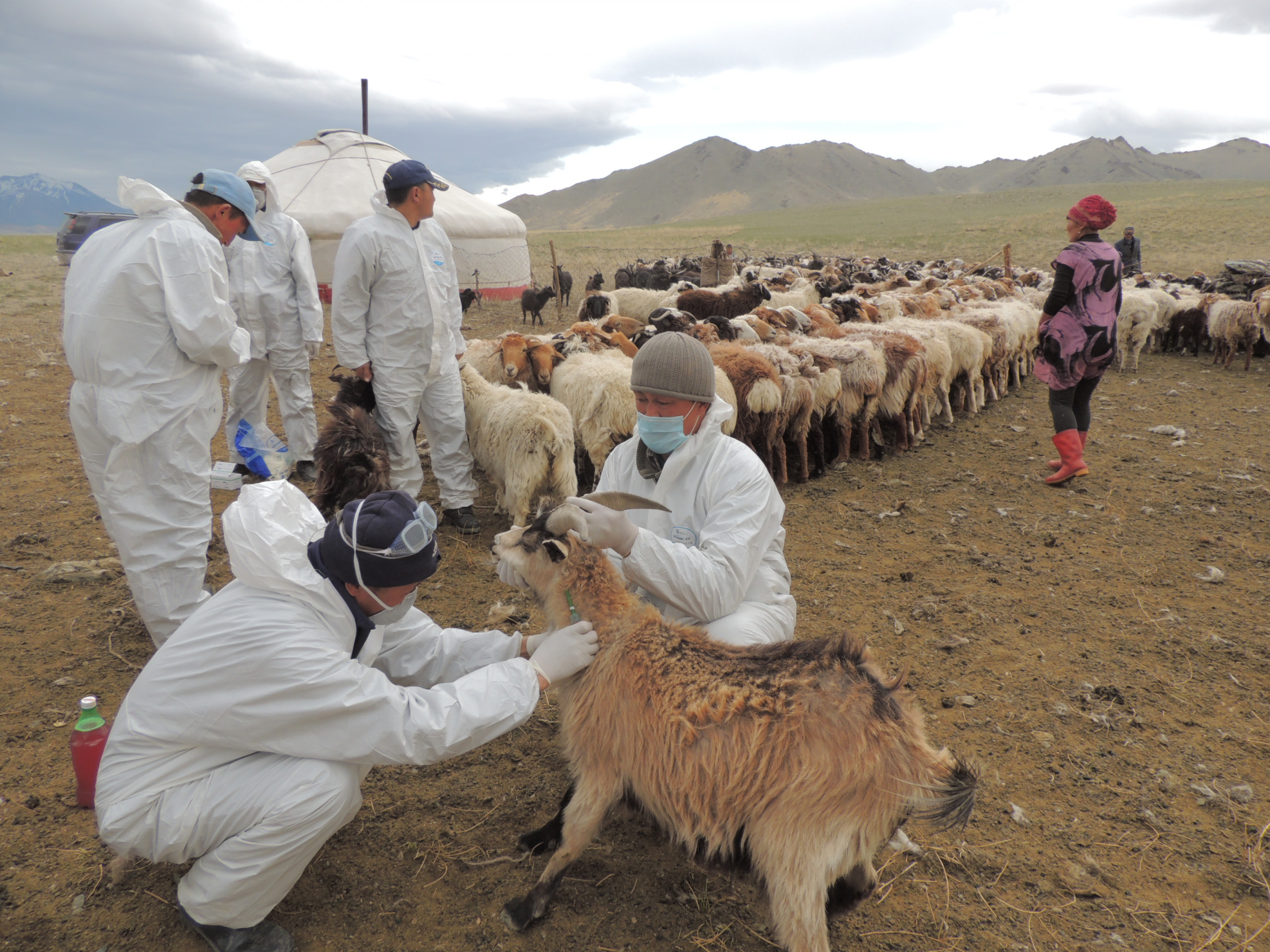
The Peste des Petits Ruminants Global Control and Eradication Strategy (PPR GCES) was approved in 2015 under the umbrella of the Global Framework for the Progressive Control of Transboundary Animal Diseases (GF-TADs). Its specific objectives are (i) to eradicate PPR by 2030, (ii) to strengthen veterinary services, and (iii) to reduce the impact of other major infectious diseases on small ruminants. These objectives, in turn, will promote a small ruminant sector that contributes to global food security, human health, and sustainable livelihoods.
The PPR GCES is implemented via the PPR Global Eradication Programme (PPR GEP). Its second phase, the PPR GEP Blueprint, was launched on November 4th, 2022. The PPR GEP Blueprint recommended that a PPR Episystem Approach be adopted and integrated into eradication strategies, implementation plans, and monitoring systems. This requires an accurate understanding of the episystems concept and how this informs the PPR Episystem Approach.
A PPR Episystem Approach must consider the complex system of epidemiological, biological, environmental, economic, social and other anthropogenic factors that sustain the emergence, spread, circulation and transmission of the virus indefinitely, noting that episystems are dynamic and subject to temporospatial determinants. Understanding the nature of PPR episystems domestically and abroad informs the eradication interventions targeted to the core populations responsible for maintaining the PPR virus and sustaining transmission. This often requires integrated international action, and Members are encouraged to promote cross-border harmonisation in PPR eradication activities.
Considering the spread of the PPR virus in mainland China and Mongolia from 2014 to 2017 and the similarity of the circulating PPR virus with the PPR virus circulating in Central Asia, the PPR Secretariat plans to organise a China, Mongolia, and Central Asia Episystem meeting to harmonise the eradication process between neighbouring countries.
This regional episystem workshop is intended to bolster capacities in China, Mongolia, Kazakhstan, Kyrgyzstan, Tajikistan, Uzbekistan, Turkmenistan and Russia, and invites participation from several PPR experts.
The PPR GEP BP recognises the transboundary nature of PPR and emphasises the importance of integrating the Episystem Approach in elucidating the disease drivers, potential incursions, distribution and risk pathways and epidemiological patterns. We organise this workshop to:
Dates: 1-3 April 2025
Venue: Ulaanbaatar, Mongolia
Participation: By invitation



